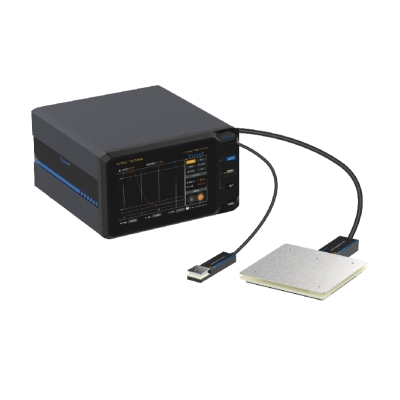In the modern electronic manufacturing industry, electrostatic discharge (ESD) protection is an important link to ensure product quality and production safety. According to the compliance verification of ESD control articles and materials in ESD TR53-01-22 and the requirements of ANSI ESD S20.20-2021 electrostatic discharge control scheme, resistance measurement and optimization of anti-static tray is a key step to ensure the effectiveness of electrostatic protection in production environment.
The importance of volume resistance measurement of anti-static pallets:
Anti-static pallets are mainly used to store and transport electrostatic sensitive electronic components, such as integrated circuits, chips, etc. These components are very sensitive to static electricity, and electrostatic discharge (ESD) events can cause damage or performance degradation. By measuring the surface resistance of the tray, it can be ensured that it is in the range of 106 to 109 ohms, thereby effectively dissipating static charge, avoiding static electricity accumulation on the surface of the component, and protecting the component from static electricity damage.
Prepare items before testing:
1.Tray
2.TM5402 resistance tester
3.Two-point probe
4.Bottom electrode
5.Insulating supporting surface
Test qualification requirements:
Anti-static tray volume resistance <1.0 x 109ohms
Measurement methods and steps:
1. Connect the black lead of the pen probe to the negative terminal of the meter.
2. Connect the bottom electrode to the positive pole of the meter.
3. Place the tray on the bottom electrode.
4. Place the pen electrode on the tray and apply a downward force on the pen electrode assembly connected to the spring-loaded electrode, sufficient to complete the electrical connection.
5. Set the TM5402 test time to 15 seconds, press the TEST button, wait for the countdown to end, and record the resistance value.
At a minimum, the test report should include the following information:
Date and time of the test, description and identification of the supplementary material tested
Identification of the instrument used for temperature and relative humidity during the measurement period and the date of the most recent calibration.
Compliance of the measurement results with the conditions specified by the EPA, as referenced in the following standards:
IEC 61340-5-1 International Standard for the Certification of Antistatic / IEC International Electrotechnical Commission
ANSI/ESD S20.20 American National Standard/Electrostatic Discharge Association Standard
Next:Anti-static tray point-to-point resistance measurement




